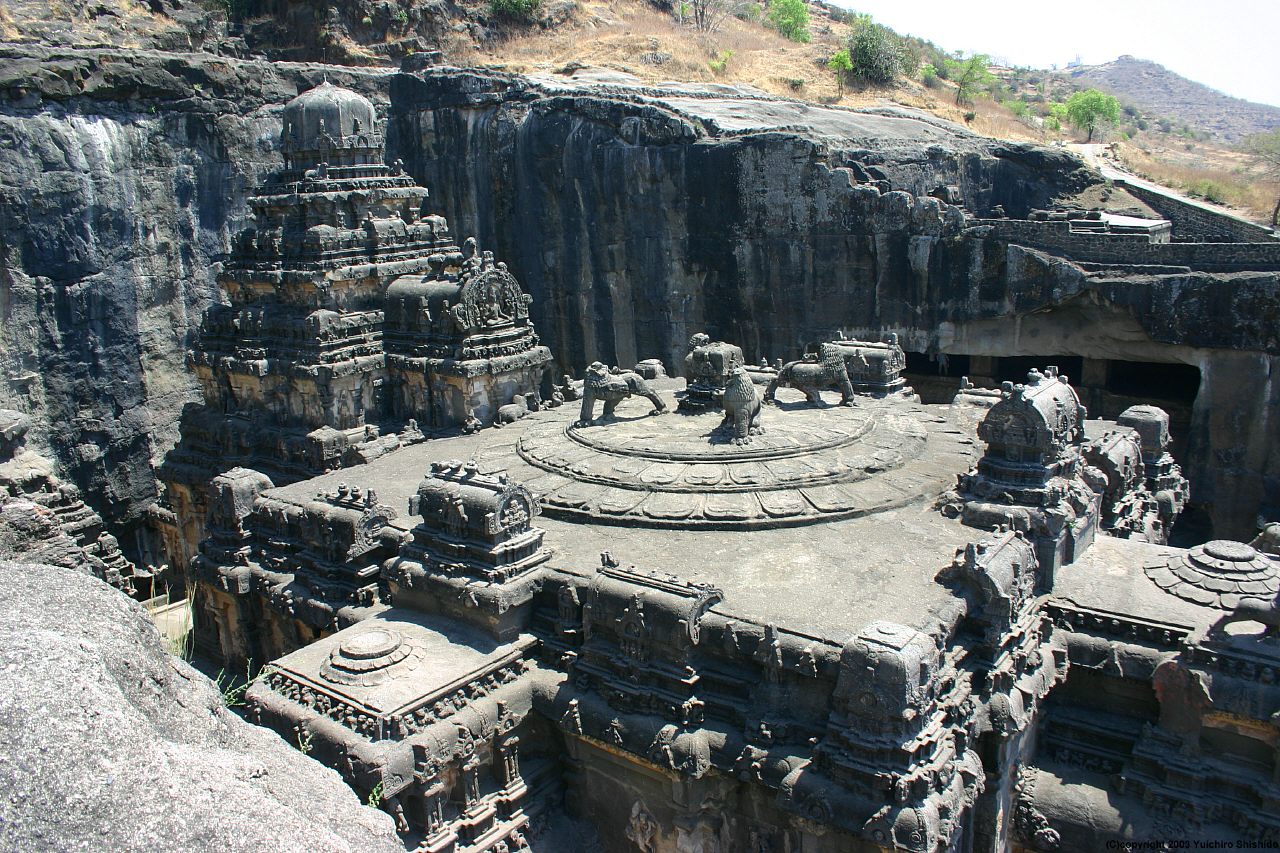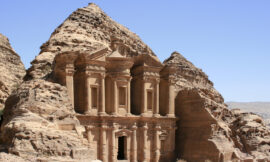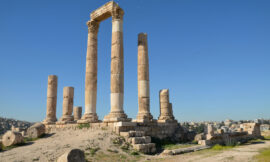The Ellora Caves, located in the Aurangabad district of Maharashtra, India, are a mesmerizing testament to the artistic and architectural achievements of ancient India. Carved into the rocky slopes of the Charanandri hills, these magnificent cave temples represent a harmonious blend of Hindu, Buddhist, and Jain religious traditions, spanning a period of over five centuries from the 6th to the 12th century CE. The Ellora Caves are one of the largest rock-cut monastery-temple cave complexes in the world and have been designated as a UNESCO World Heritage Site.
The Ellora Caves consist of a total of 34 caves, each uniquely adorned with intricate sculptures, exquisite carvings, and stunning architectural features. These caves served as places of worship, meditation, and spiritual retreat for adherents of various religious traditions, providing a sanctuary amidst the natural beauty of the surrounding landscape.
The caves at Ellora are divided into three main groups – the Buddhist caves (caves 1-12), the Hindu caves (caves 13-29), and the Jain caves (caves 30-34) – each representing a distinct religious tradition and architectural style. Despite their differences, these caves coexist harmoniously, reflecting the spirit of religious tolerance and cultural diversity that has characterized India throughout its history.
The Buddhist caves at Ellora, dating from the 6th to the 7th century CE, are among the earliest caves to be excavated at the site. These caves are characterized by their simple yet elegant architecture, with spacious interiors, intricately carved pillars, and magnificent sculptures of the Buddha and other Buddhist deities. The most famous of the Buddhist caves is Cave 10, also known as the Vishvakarma cave, which features a stunning seated statue of the Buddha in the teaching pose (dharmachakra mudra), surrounded by intricate carvings depicting scenes from the Buddha’s life.
The Hindu caves at Ellora, dating from the 7th to the 9th century CE, are some of the most elaborate and ornately decorated caves at the site. These caves are dedicated to various Hindu deities, including Shiva, Vishnu, and the goddess Durga, and feature intricately carved sculptures, elaborate friezes, and magnificent rock-cut temples. The most famous of the Hindu caves is Cave 16, also known as the Kailasa Temple, which is dedicated to Lord Shiva and is considered one of the greatest architectural marvels of ancient India. Carved entirely out of a single rock, the Kailasa Temple is adorned with elaborate carvings depicting scenes from Hindu mythology, including the churning of the ocean (samudra manthan) and the wedding of Lord Shiva and Parvati.
The Jain caves at Ellora, dating from the 9th to the 12th century CE, are characterized by their simplicity, elegance, and architectural sophistication. These caves are dedicated to the Jain Tirthankaras (spiritual teachers) and feature intricately carved sculptures, ornate pillars, and beautifully decorated ceilings. The most famous of the Jain caves is Cave 32, also known as the Indra Sabha, which features a magnificent sculpture of the Jain Tirthankara Mahavira and is adorned with exquisite carvings depicting scenes from Jain mythology.
In addition to their religious significance, the Ellora Caves also provide valuable insights into ancient Indian civilization, culture, and artistry. The caves contain inscriptions in various languages and scripts, as well as architectural features that reflect the influence of different dynasties and ruling powers, including the Rashtrakuta, Chalukya, and Yadava dynasties.
Today, the Ellora Caves continue to attract visitors from around the world, who come to marvel at their stunning architecture, admire their intricate artwork, and explore their rich cultural heritage. The caves serve as a timeless reminder of India’s glorious past and enduring legacy, inspiring awe and wonder in all who visit.



